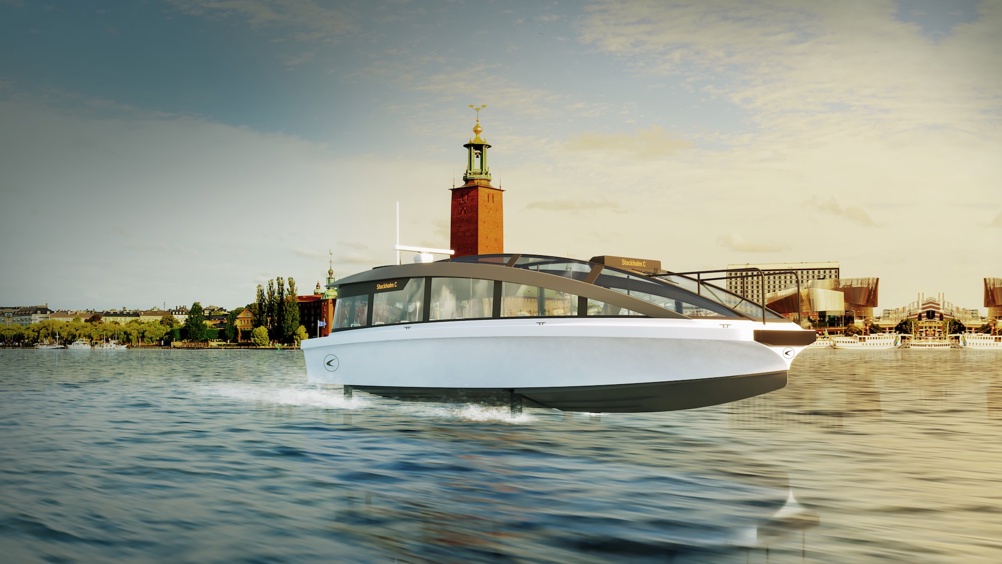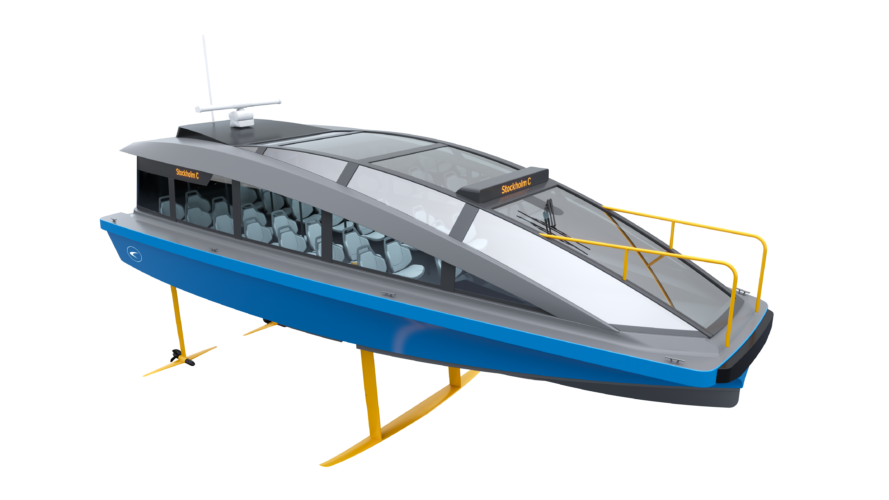Hydrofoiling P-30 e-ferry set for Stockholm launch
Swedish startup Candela has announced it is building an all-electric 30-person hydrofoiling passenger boat to serve the Stockholm archipelago.


Part-funded by the Swedish transport authority, the Candela P-30 is set to launch in 2022 and begin service in 2023. It will be capable of travelling at its 20-knot cruising speed for more than three hours before recharging. According to Candela, the P-30 will consume about 3 kWh per nautical mile, which is 80-90 per cent less than a conventional ship and comparable to the energy consumption of a modern electric-hybrid bus.
March 1925: The Rohrbach all-metal flying boat
Candela P-30 in numbers
On its launch, the P-30 is set to become the world’s longest-range electric passenger ship, as well as the most energy-efficient fast vessel ever built. A recent report by the municipality of Stockholm estimated the overall cost of operating the P-30 will be half that of the conventional diesel ferries currently serving the 30,000-island Stockholm archipelago.
Register now to continue reading
Thanks for visiting The Engineer. You’ve now reached your monthly limit of news stories. Register for free to unlock unlimited access to all of our news coverage, as well as premium content including opinion, in-depth features and special reports.
Benefits of registering
-
In-depth insights and coverage of key emerging trends
-
Unrestricted access to special reports throughout the year
-
Daily technology news delivered straight to your inbox











Water Sector Talent Exodus Could Cripple The Sector
Well let´s do a little experiment. My last (10.4.25) half-yearly water/waste water bill from Severn Trent was £98.29. How much does not-for-profit Dŵr...